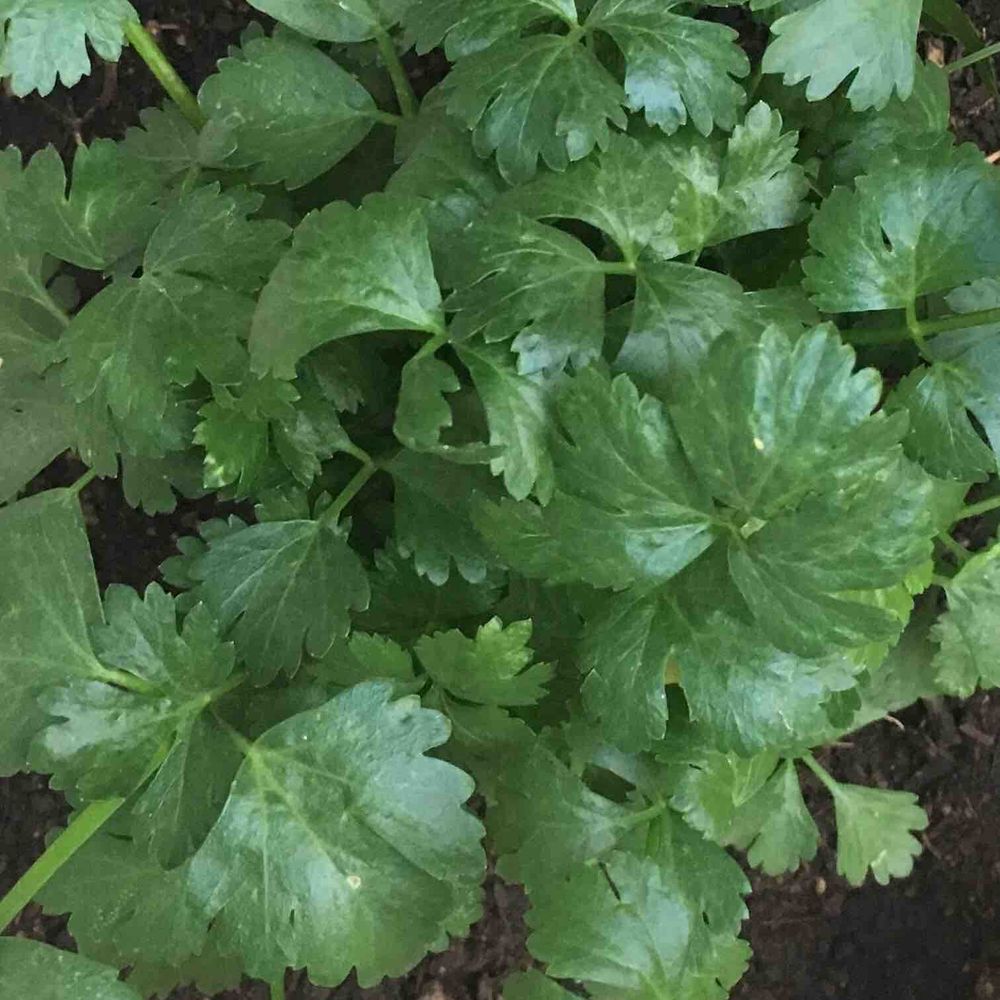Parsley
(Petroselinum)

Description
Petroselinum (parsley) is a genus of two species of flowering plants in the family Apiaceae, native to western and southern Europe and northern Africa. They are bright green hairless biennial herbaceous plants, rarely annual plants. In the first year, they form a rosette of pinnate to tripinnate leaves and a tap root used as a food store over the winter. In the second year they grow a flowering stem up to 1 m tall with sparser leaves and umbels of white or pinkish to yellowish-green flowers. Petroselinum crispum (garden parsley) from southern Europe and northern Africa (southern Italy, Greece, Algeria, Tunisia) is an important culinary herb, widely used for flavouring and as a vegetable. Petroselinum segetum (corn parsley) from western Europe (Great Britain and the Netherlands south through France to Italy, Spain and Portugal) is also edible with a similar flavour, but is not widely cultivated. It occurs in grassland, hedgerows, and river banks. In Great Britain it is confined to lowland regions in southern and central England and southern Wales, and is scarce and declining due to agricultural intensification. It has narrower, more lanceolate leaves than garden parsley, only single pinnate, not tripinnate.
Taxonomic tree:







